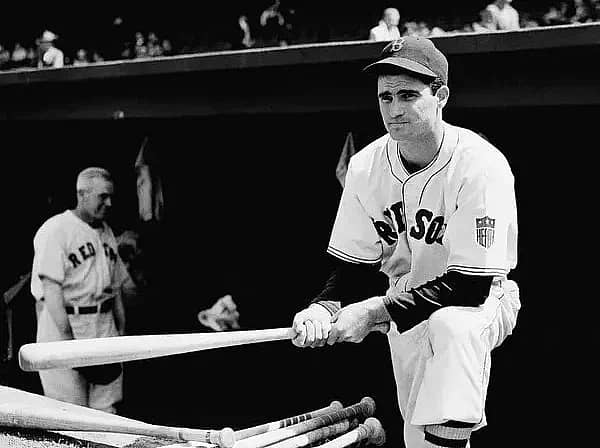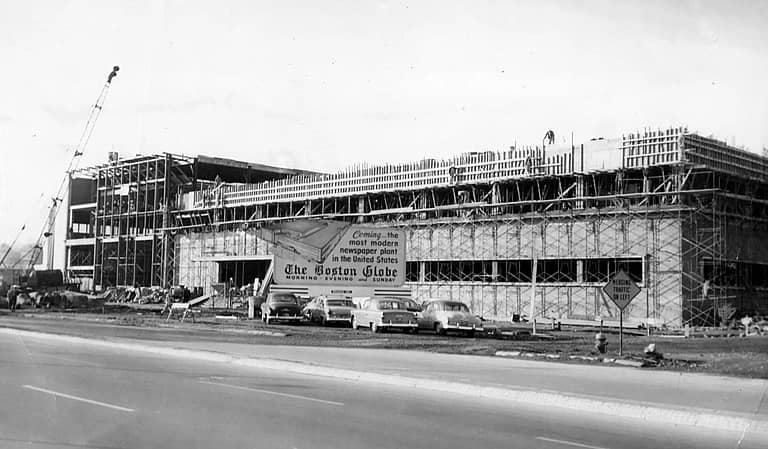As we contemplate the promise of better days to come on what would have been the opening week-end of the 2020 Red Sox season, let’s look back to an opening day held in the midst of the Great Depression.
This Red Sox program from April 17, 1934, not only celebrates the home opener but also the re-birth of Fenway Park and the team itself. For only a year earlier, 33-year-old Thomas Austin Yawkey purchased a last-place team which had lost a franchise single-season record of 111 games. He soon opened his checkbook with the mission of both molding a contender and undertaking a massive overhaul of Fenway Park.
The park renovation would end up being the second-most costly construction project undertaken in Boston during the thirties, trailing only the raising of the Mystic Tobin Bridge. It was a project that saw workers toting wheelbarrows of cement during the Redskins and college football games played that autumn. And, following two fires, legions of union laborers worked triple shifts, even bunking down in a two-story house built at the center of the infield, in order to ready the park for a team that would feature future Hall of Famers Rick Ferrell, Lefty Grove, and Herb Pennock.
That season, the Red Sox would finish the 1934 campaign with a record of 76-76, a whopping 33-game improvement over the season prior to new ownership. Attendance also saw a commensurate leap from 182, 150 in 1932 to 610, 640 in 1934.
Lyrics from the song that defined the spirit of a nation mired in hard times are the perfect coda to this footnote from baseball’s past as well as a harbinger for our next opening day.
Happy days are here again
The skies above are clear again
So let’s sing a song of cheer again
Happy days are here again
Altogether shout it now
There’s no one
Who can doubt it now
So let’s tell the world about it now
Happy days are here again






